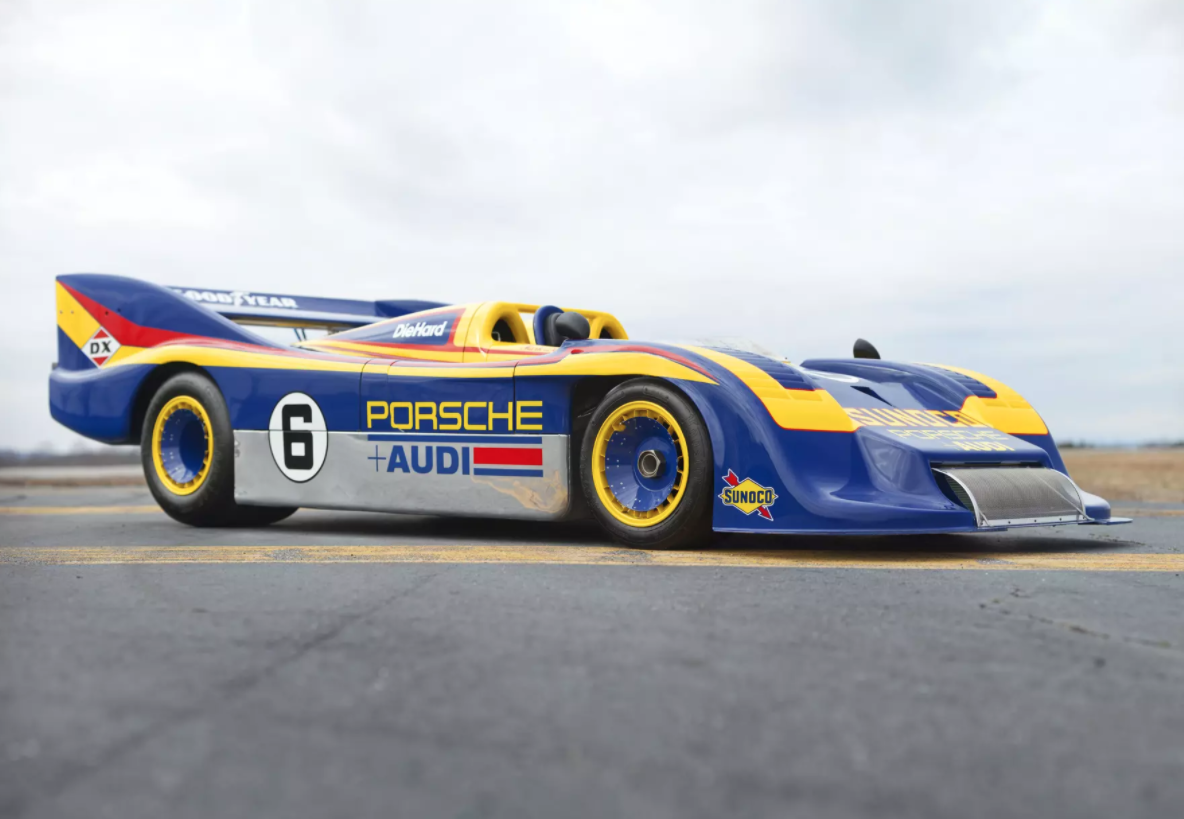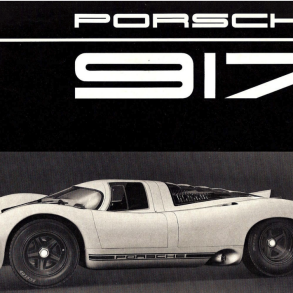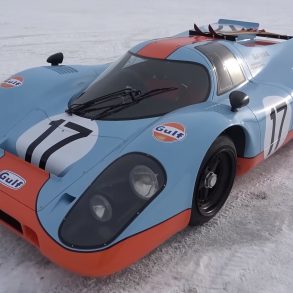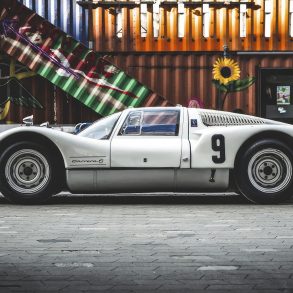In 1996 the 30 years of the Canadian – American Challenge Cup series were celebrated, better known as CanAm and which only ran for 9 seasons (1966-1974), although it stood out for using the cutting edge technology of the moment. The CanAm series gave more than enough action to keep it in the memory of the generation that lived it and the generations that receive inspiration and experience from it to improve other categories.
Introduction
The sixties. Time of revolution and rapid changes. The speed began to gain strength from the end of the Second World War, especially in the United States. From this derives the birth in 1966 of the CanAm automotive series , created by the SCCA (Sports Car Club of America for its acronym in English) and the CASC (Canadian Sports Car Club, also for its acronym in English). The CanAm series was founded on Group 7 sports cars.
It seems incredible, but thanks to Johnson Wax , in just a few years, CanAm was the highest paid series in the world. This included F1 greats such as Graham Hill , Phil Hill , Jack Brabham , Jody Scheckter and Mario Andretti among others, participating in the series at one time. Also winners of the Indy 500 such as Mark Donohue and AJ Foyt , among others, participated in this famous category.
What brought the CanAm to the top was that they pushed the limits of automotive engineering to more distant and distant places than any other category had ever done before. Advances were made in aerodynamics, turbocharged power, and the use of materials such as fiberglass, aluminum, and titanium. All this until the oil crisis arrived and the prices to develop new technologies rose almost exponentially.
But it was not only the drivers who took the crown, in reality the biggest stars were the cars themselves, Lola , Shadow , McLaren , BRM , March , Ford , Ferrari , Porsche , Chevy and Chaparral all built their own engines or chassis , or sometimes both. Everything for the CanAm series .
Why Group 7? Well, because the FIA classified the CanAm cars in Group 7. The advantages of this group were that the restrictions were minimal: There was no maximum limit on the engine, or the turbocharger. There was no minimum weight, there were no limitations on the tires, there were no limitations on the material or the structure of the car. Practically the only rule they had was that the cars had to be open cab, closed engine, with two seats and two doors.
Technology changed dramatically from the start of the series to the end of it. The engines grew to 9 liters and some were even turbocharged. To keep all this power on the track (including the cars), wings and air suction devices were designed. Actually rolling a CanAm car was like riding a rampant horse with the potential to blow up into many pieces.
The Porsche Campaign
Brands that competed successfully in the CanAm Series:
- LOLA
- CHAPARRAL
- MCLAREN
- AUTOCAST and SHADOW
Not so successful brands
The most important constructors of the CanAm series were seen in the previous parts . Actually, the ones who won races. The teams that spent large amounts of money and made the biggest contributions to the development of the series. Those whose efforts were rewarded with the highest position on the podium.
However, there were other constructors who, for one reason or another, did not make enough effort, or who did not spend as much money or time to be winners in a league as important as CanAm was . These vehicles are no less important, and have even been reproduced in a collector’s scale format. These cars can be seen below:
- BRM
- CALDWELL
- FERRARI
- FORD
- MARCH
- MCKEE
Other Builders
Other builders who created cars for the CanAm included Burnett, Cooper, Genie, Lotus, MacIt, Matich, Merlin, and Mirage. And there is still more, especially in the early years of the series. Some were built in small numbers in factories, while others were built by one or two people. None of those were successful or played a significant enough role in CanAm to mention them.











